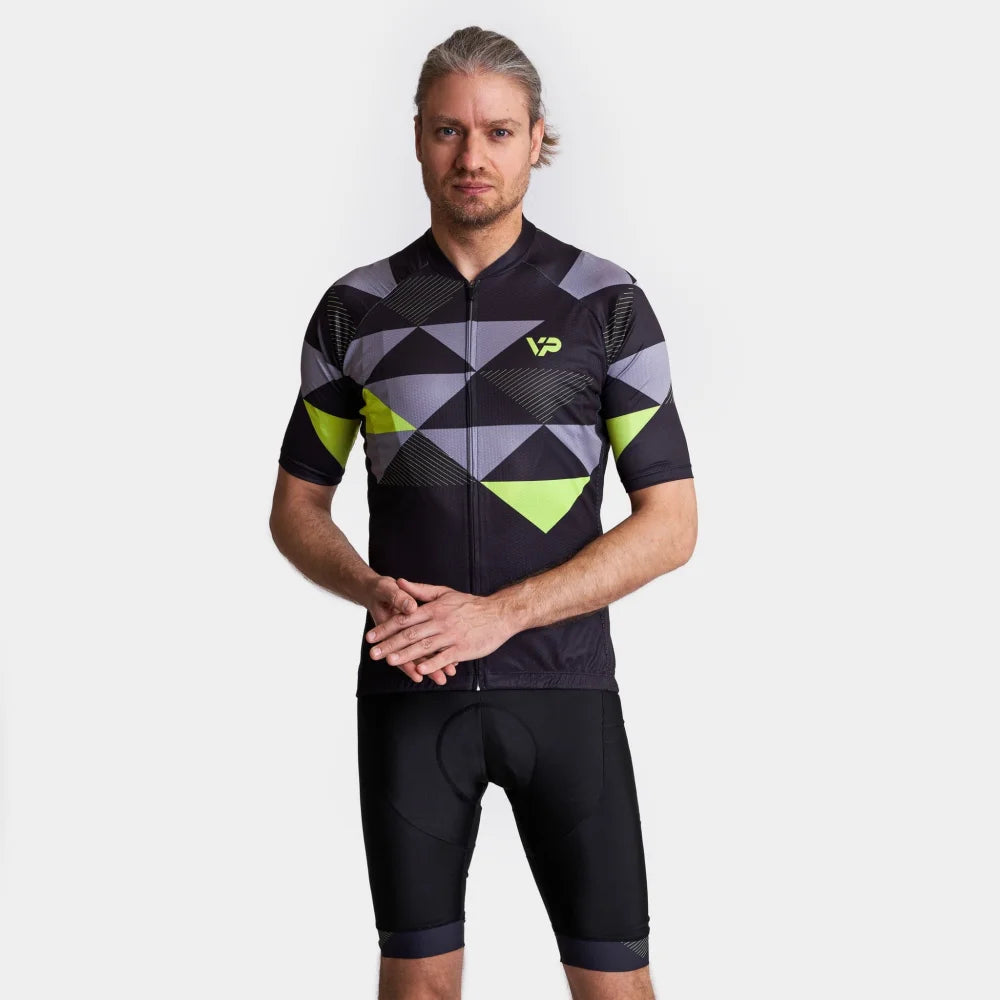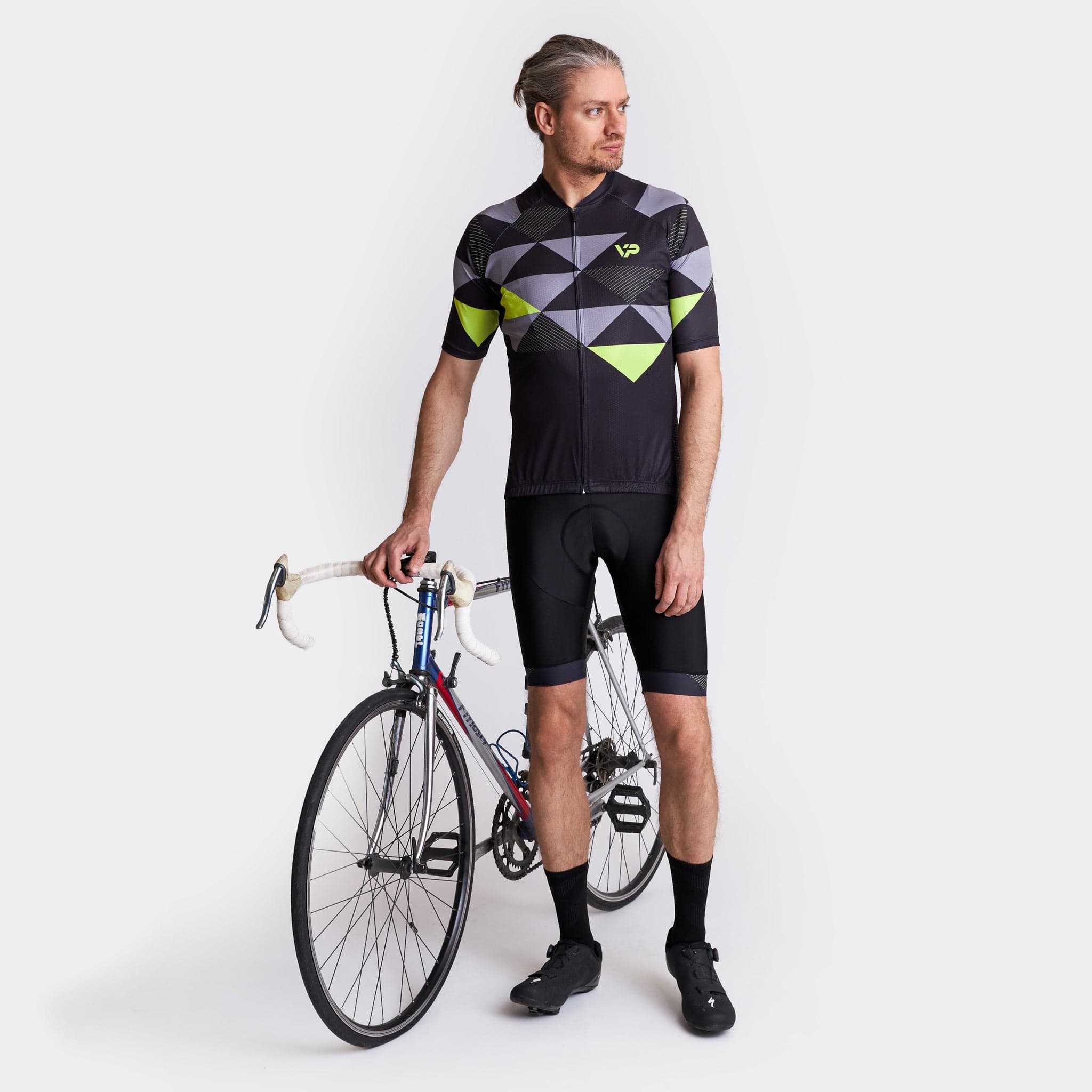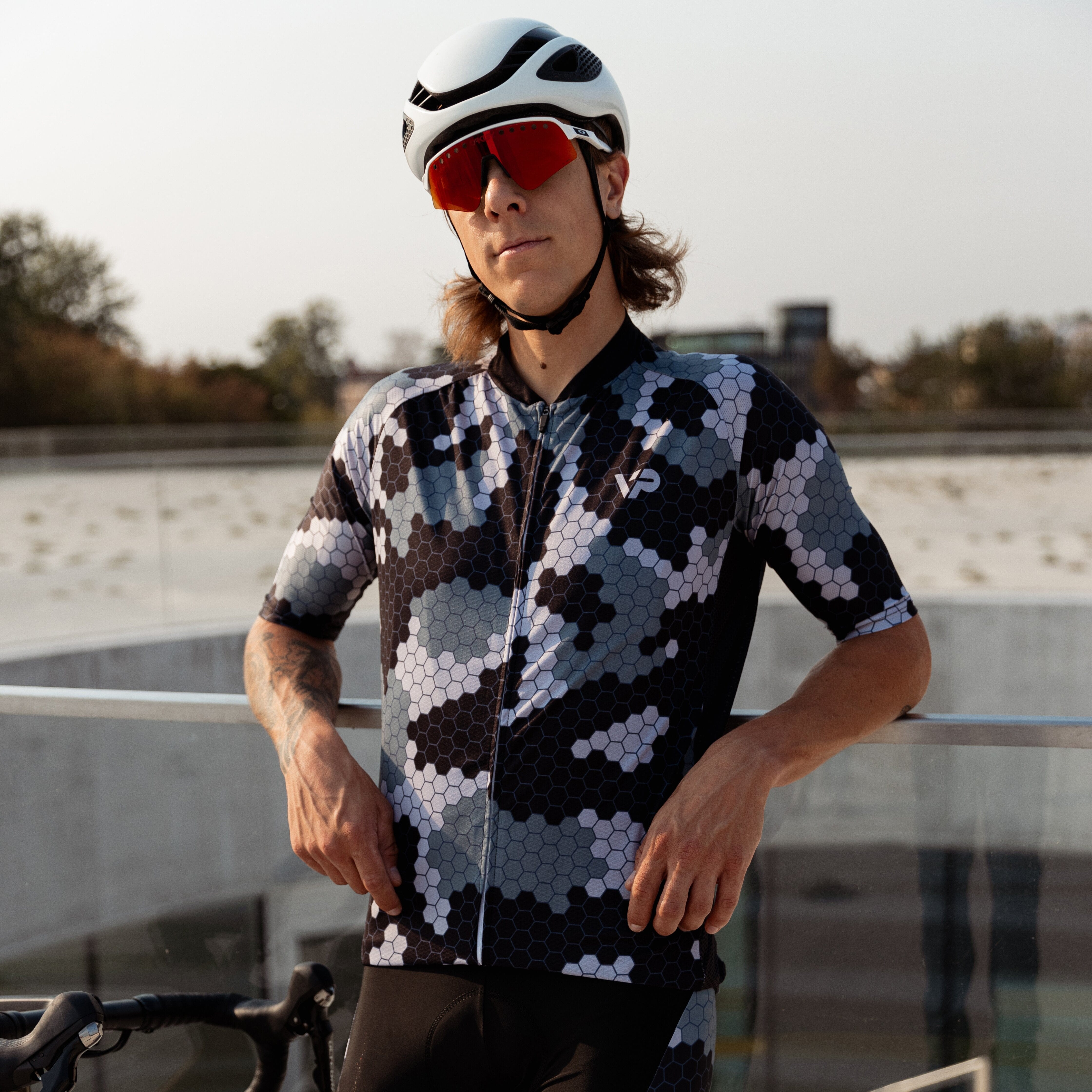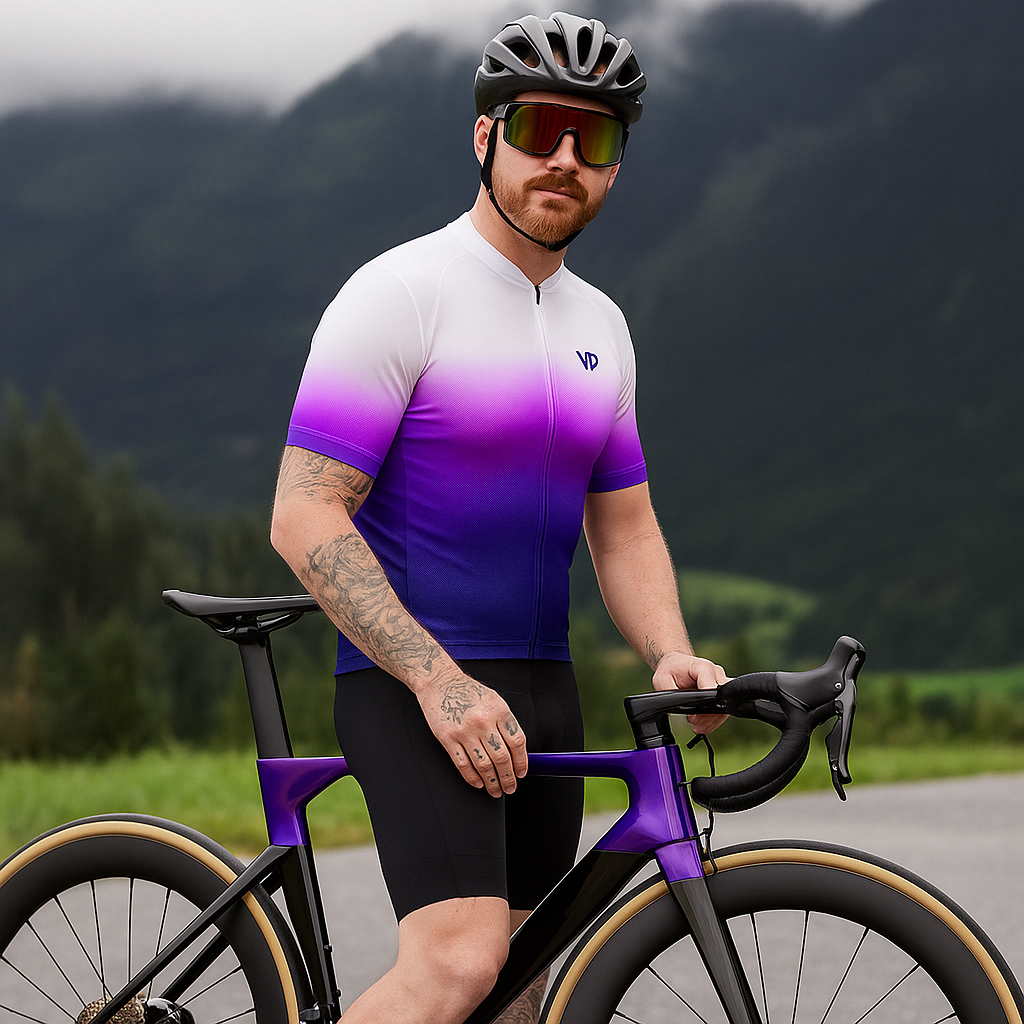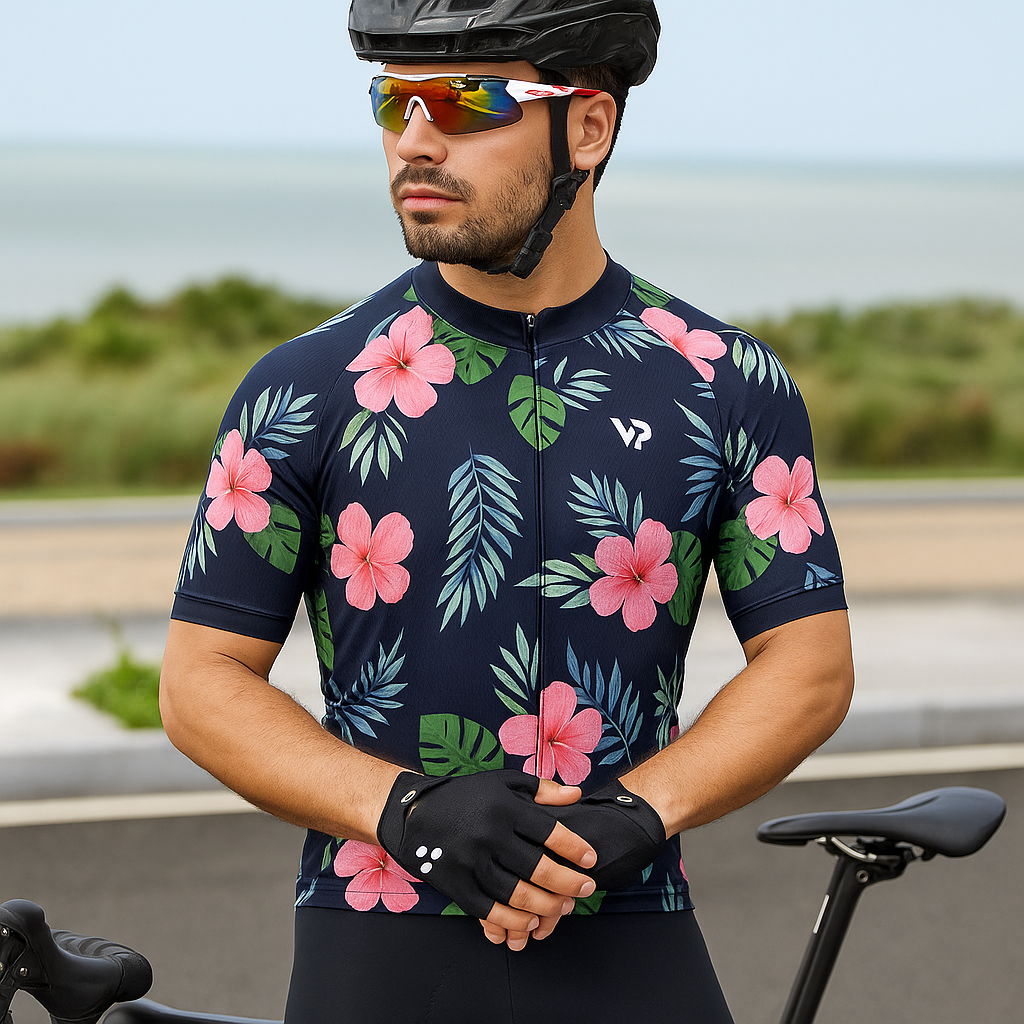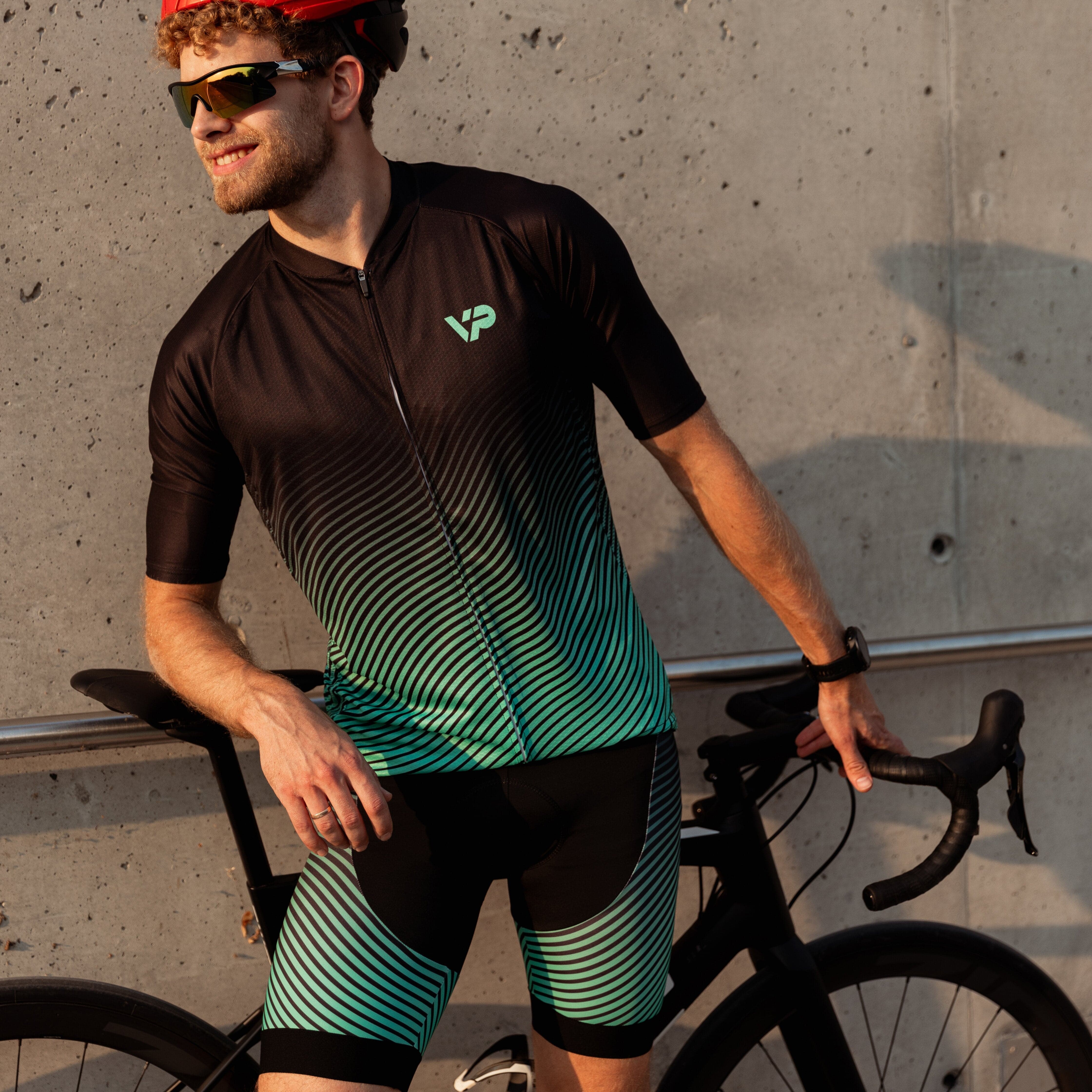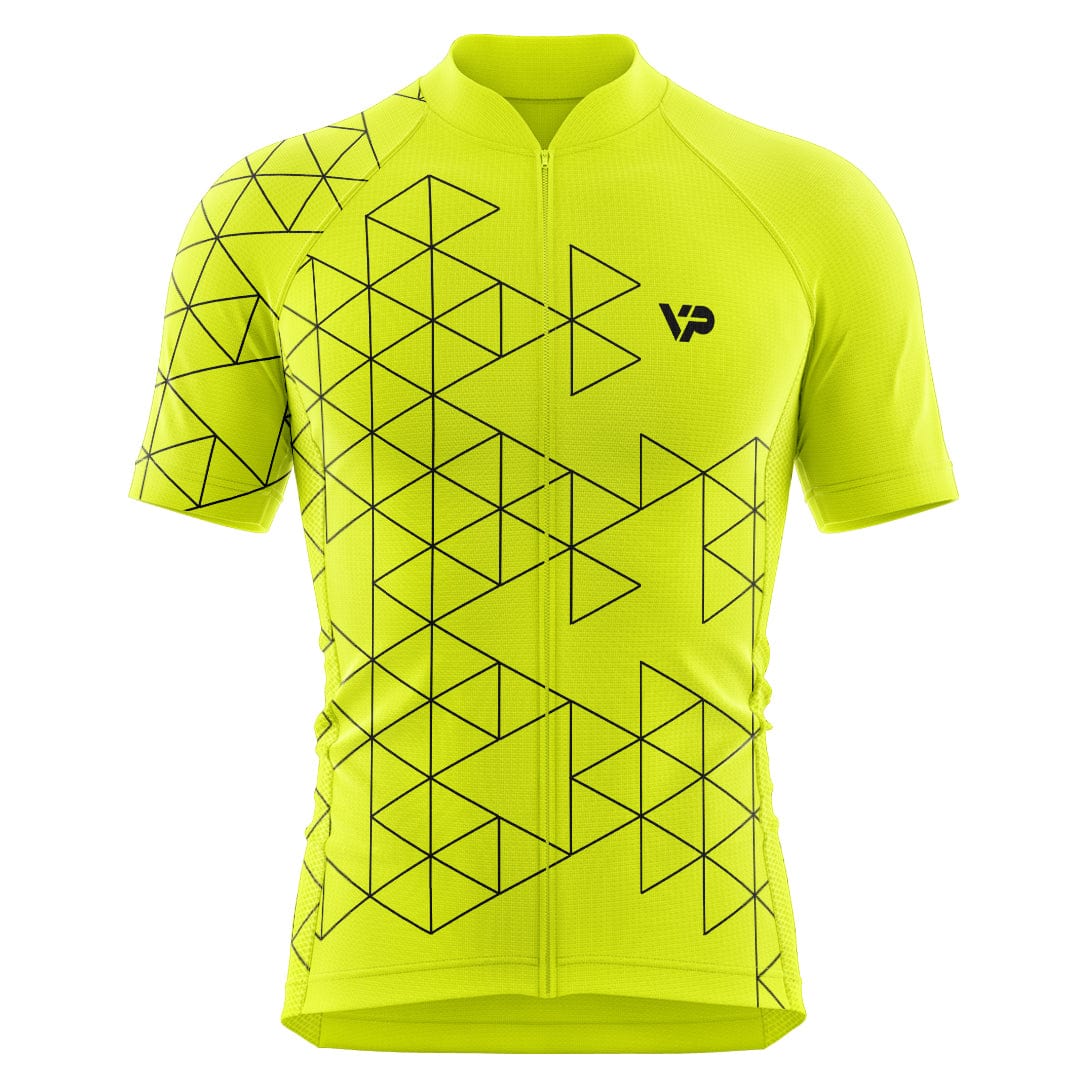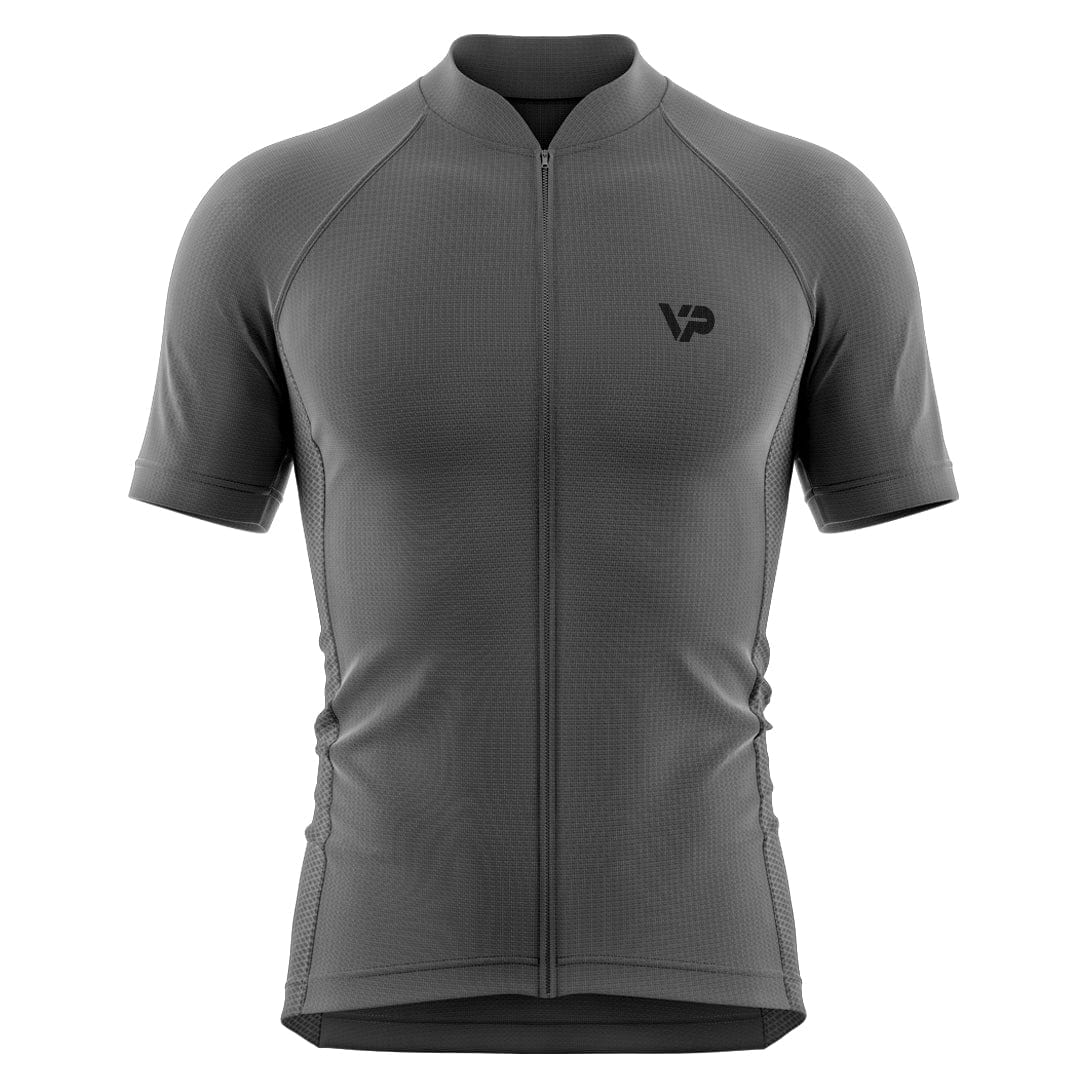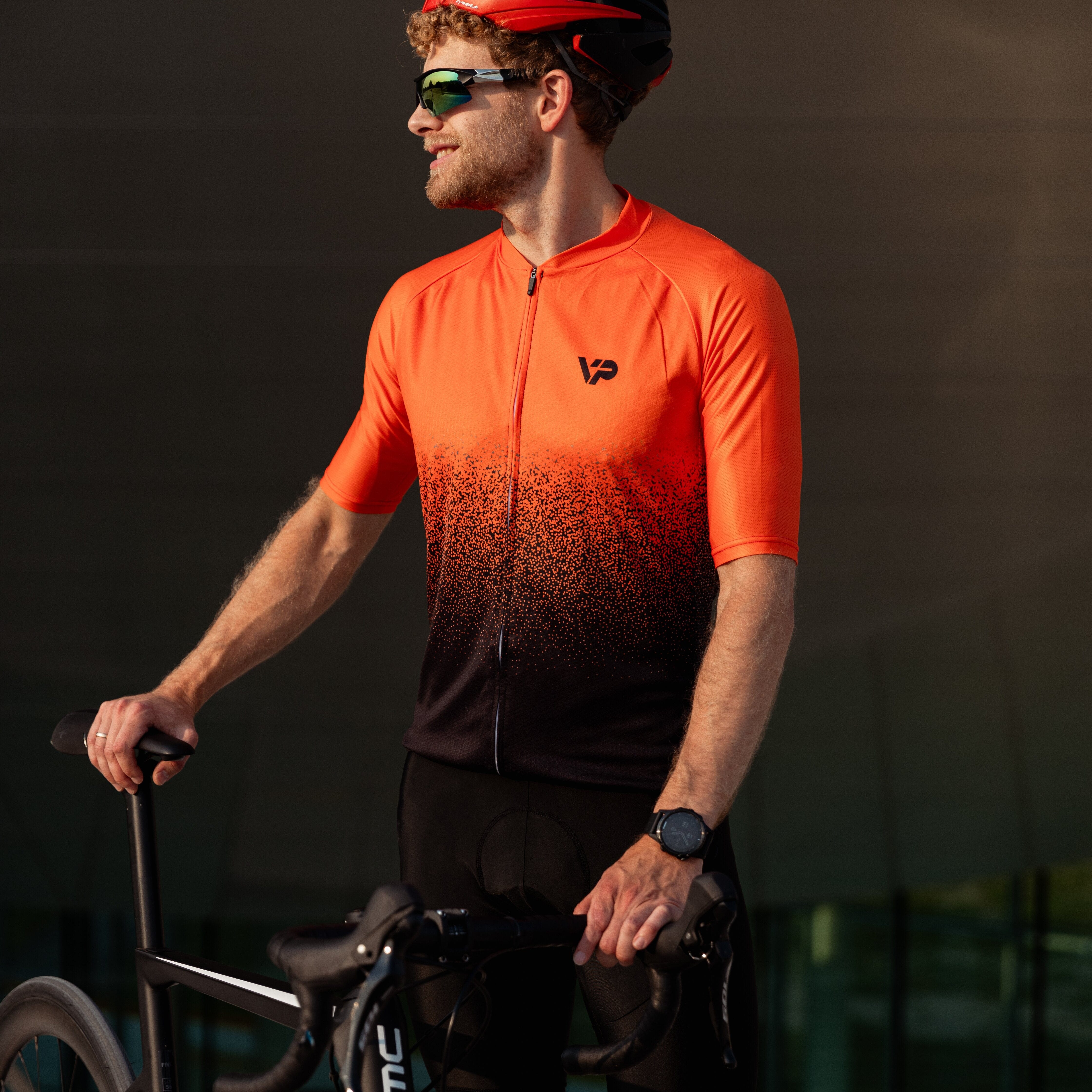Should You Really Spend €200 on a Cycling Jersey?
Let’s be honest: at some point, every cyclist finds themselves staring at a ridiculously priced jersey and wondering, “Is this thing stitched with unicorn hair?” €200 is a lot to pay for a piece of stretchy fabric. But is it really just hype — or is there more to the story?
Spoiler: it’s complicated. And fascinating. Especially if you care about comfort, performance, and not looking like a soggy sandwich after your first hill climb.
This article will dive into the real reasons some cycling jerseys cost more than your monthly internet bill. We’ll break myths, explore history, talk about pro riders who wear rags and still win races, and show you how to get top-tier quality without burning through your savings. Oh, and we’ll throw in answers to the most Googled questions about jerseys — because SEO is real, my friend.
🚴 The Real Cost of a €200 Jersey
So, why the high price?
Here’s the breakdown:
-
Technical Fabrics: Lightweight, breathable, moisture-wicking, aerodynamic, UV-resistant, and sometimes even hydrophobic. We’re talking textile wizardry.
-
Precision Fit: Engineered for aggressive riding positions. Laser-cut panels. Seamless sleeves. Micro-grippers. No flapping.
-
Small Batch Production: Many boutique brands make limited runs to ensure quality. Less mass production = higher cost.
-
Branding & Marketing: Yeah… someone has to pay for that Instagram influencer’s Mallorca cycling trip.
-
R&D: Wind tunnel testing, fabric trials, rider feedback loops. It’s not just a T-shirt with a zipper.
But here’s the thing: price ≠ value. Not always.

🧵 A Quick History of Cycling Jerseys (You’ll Actually Want to Read)
-
1890s: Riders wore wool. Heavy, hot, and utterly unhelpful in rain. But hey, it looked classy with a mustache.
-
1920s–40s: Wool with pockets. Iconic club colors. Branding starts to creep in.
-
1970s: Polyester makes an entrance. Jerseys get lighter, stretchier. Advertising explodes.
-
1990s: Lycra domination. Aero shapes become mainstream. Fit gets serious.
-
Today: Technical marvels. Jerseys that weigh less than your lunch but perform like race-day armor.
And while evolution brought innovation, it also brought hype.
💸 Who Actually Buys €200 Jerseys?
-
Pros (they get them for free)
-
Wealthy enthusiasts (often matching the jersey to their €9,000 bike)
-
Aspiring racers and brand loyalists
But here’s the plot twist: some of the strongest riders on the planet don’t care at all.
🦸♂️ The Guy With the Torn Jersey
There’s always that one legend in every local group ride. His jersey? Torn at the elbow. Faded logos. Looks like it went through a blender. But he drops everyone — every single weekend.
You ask, “Why don’t you buy a new kit?” He grins, “Because this one works. And it’s lucky.”
Performance isn’t always sewn into seams. Sometimes it’s in the legs, lungs, and mindset.

❓ Top 5 Questions People Ask About Cycling Jerseys (And Real Answers)
1. Are expensive jerseys worth it?
Sometimes. If it fits well, performs in your climate, and lasts years — it can be. But there’s a law of diminishing returns. You can get 90% of the benefits for 50% of the price.
2. How should a cycling jersey fit?
Tight. Uncomfortably tight when standing up. But once you’re on the bike? It should feel like a second skin. No flapping. No bunching.
3. Can I just ride in a gym shirt?
Sure — but you’ll sweat more, chafe faster, and look less sharp. Cycling jerseys are longer in the back, better ventilated, and have handy rear pockets.
4. How many jerseys do I actually need?
Two to start: one for hot days, one midweight. Add a thermal or rain-specific version if needed. Rotate to extend life.
5. What makes a jersey “good”?
Fit, breathability, stitching quality, zipper durability, and fabric feel. Also — how you feel wearing it. Confidence counts.
🤔 The Problem with High Prices
Let’s not pretend: a lot of €200 jerseys are riding on brand identity, not actual performance. The price tag says “elite,” but the fabric says “average.”
And that’s why more cyclists are calling BS — and looking elsewhere.
🏷️ Brands That Actually Deliver Value
Thankfully, you don’t have to choose between sketchy knockoffs and overpriced hype. Some brands strike the golden balance between style, function, and fairness.
Montella Cycling
Montella delivers clean, technical kits designed for real riders. No outrageous branding. No nonsense pricing. Just sharp-looking gear that performs. Think pro-feel without pro-budget.
Victory Peak Cycling
Victory Peak brings attitude to the kit game. Their designs pop, but the materials back it up. Breathable, aero, and built to last — without needing to refinance your bike.
Both brands reflect a shift in cycling culture: quality doesn’t have to bankrupt you.

🧠 Did You Know?
-
The first jerseys with zippers caused a stir in the 1930s — some riders thought it was “cheating.”
-
Merino wool is making a comeback in base layers — not because of nostalgia, but because it regulates temperature like a champ.
-
Pro riders sometimes wear different-sized kits for different stages — tighter for time trials, looser for mountain climbs.
-
Some pros train in non-sponsored kits to stay under the radar during off-seasons.
🧩 Matching Your Kit to Your Ride
Your gear should match your goals:
-
Commuter rides: Prioritize visibility, breathability, and pocket space.
-
Weekend hammerfests: Aero fit, aggressive cut, lightweight everything.
-
Long endurance days: Comfort over flash. Test your chamois, not your bank account.
And yes, matching your jersey to your bike feels good. Psychology is part of performance.
⚖️ Final Thoughts: Spend Smart, Ride Hard
So, should you spend €200 on a jersey?
Only if it truly delivers. Fit, function, fabric, and feel — not just flash.
But here’s the good news: you don’t have to.
Brands like Montella and Victory Peak are leading a quiet revolution — where premium design, technical performance, and rider-first pricing finally meet. They’re not chasing Tour de France clout. They’re just making great gear for real people.
Because in the end, it’s not about the label. It’s about the ride.
And whether your jersey cost €20 or €200 — the road doesn’t care.
But you might. So choose wisely, pedal freely, and wear what makes you feel unstoppable.
Want more gear talk, honest reviews, and training tips that don’t suck? Stick around. We’re just getting started.


